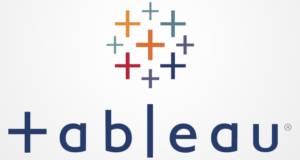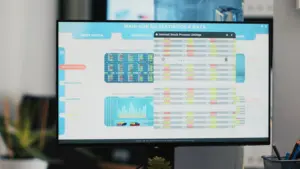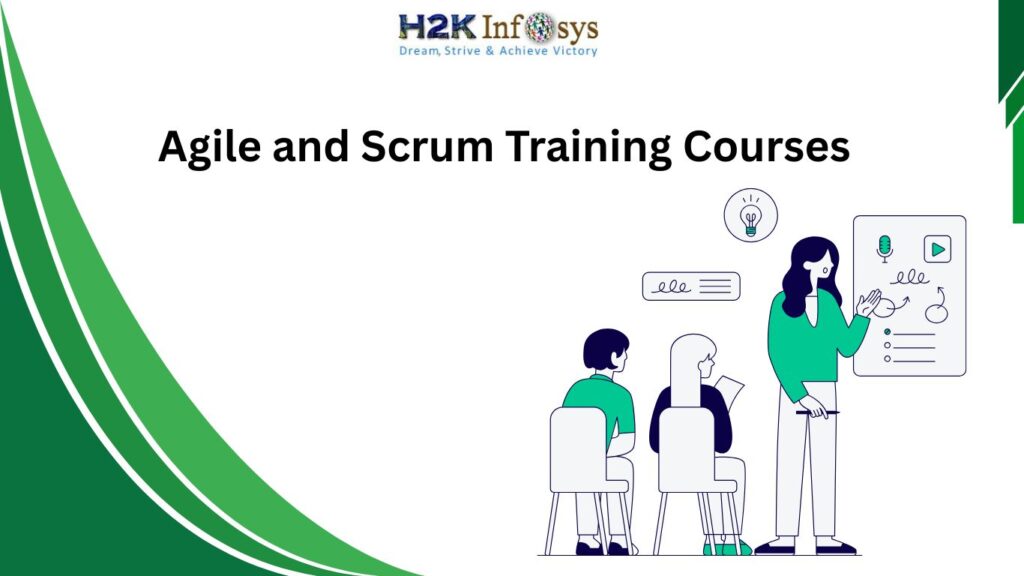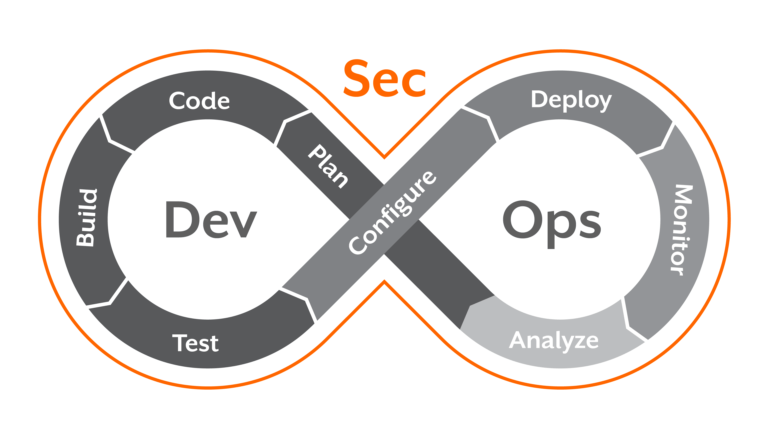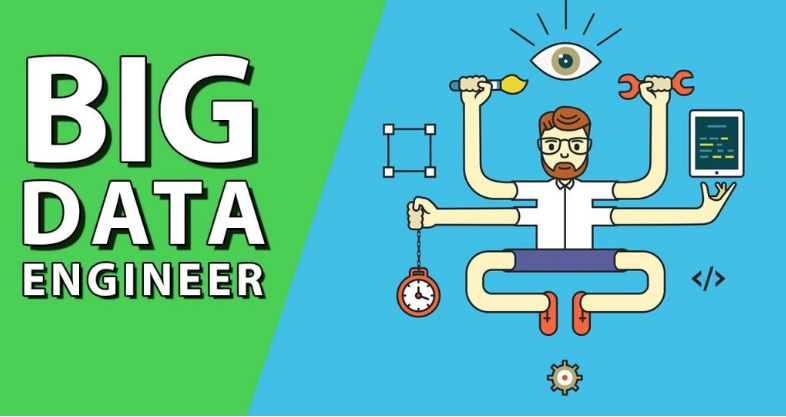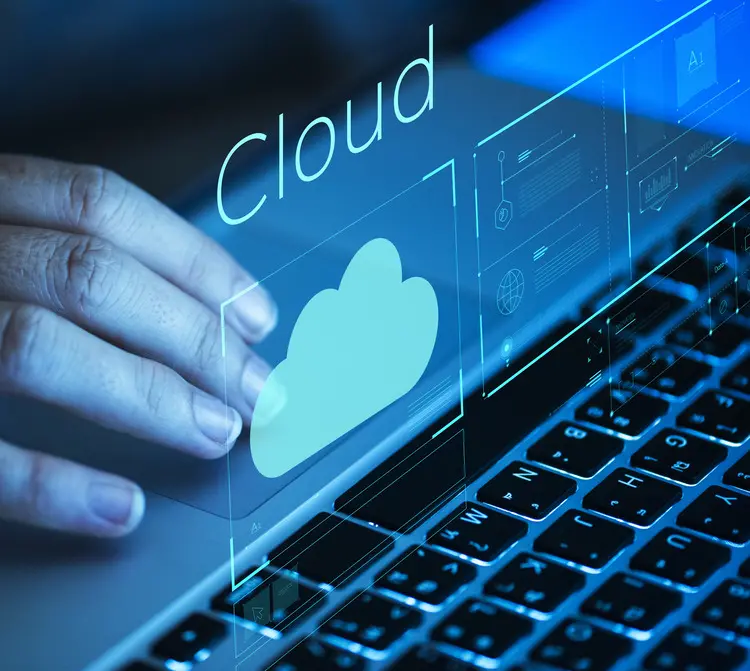The days of demonstrating statistics via single-dimensional, static graphs and charts are over. Businesses want more visually appealing, dynamic, and agile tools that meet real-time requirements. Tableau and QlikView are two such cutting-edge business intelligence visualisation products that compete in this space and offer a wide range of functionality. In this article, we will undertake a comparison of the two. You can check out our online training for Tableau to learn more about the tool.
Because these are both data visualisation tools, they will undoubtedly share certain functionality. Before we go into the differences between the two, let’s look at the characteristics that both of these programs share. Tableau and QlikView offer a wide range of visualisation and narrative features.
- Both provide advanced analytical abilities.
- They are mobile-compatible and run similar operating systems.
- Tableau and QlikView can be installed both on-premises and in the cloud.
Now that we’ve covered the fundamental differences and similarities, let’s look at how these two tools work and what sets them apart in terms of features.
1.Data Visualization
Tableau is a leading data visualisation tool in the business. Businesses are investing more on data segmentation, clustering, and advanced analytics functions. It is a user-friendly interface that enables even non-technical people to quickly and simply construct customised dashboards that deliver relevant insights into a wide range of company data.
QlikView, on the other hand, has typical report production elements as well as visualisation templates, adjustable graphics, and customised views, all of which contribute to real-time, interactive analysis in reports. When QlikView is in operation, all relevant visualisations and datasets are presented for rapid reference. Qlik’s software includes an in-memory engine capable of visualising patterns and producing associative analytics that SQL alone cannot provide. The in-memory engine is powerful enough to interface with a wide range of data sources and generate a uniform dashboard that displays analytics, KPI dashboards, and metrics of interest.
2.Integration and compatibility with other tools, languages, or Database
Tableau may be linked with a wide variety of data sources, including spreadsheets, CSV files, SQL databases, MS SQL Server, MySQL, Firebird, Google Analytics, Google BigQuery, Cloudera Hadoop, Hortonworks Hadoop, HP Vertica, Salesforce, Teradata, and others. It can even be simply integrated with R to enable control over the tool’s analytical capabilities. QlikView allows you to simply connect to the database. It is compatible with EC2, Redshift, Amazon Vectorwise, Hortonworks Hadoop, Cloudera Hadoop, Impala, HP Vertica, IBM Netezza, MicroStrategy, ParAccel, Salesforce, Teradata, MS SQL Server, My SQL, ODBC, and many more. It can also link to R via API integration.
3.Deployment
Tableau is easier to implement because it demands more structured data. It does not have its own data warehouse, thus we do not need to establish layers when connecting to the dataset. QlikView is simple to deploy and configure, and it begins creating breathtaking reports within minutes of installation. It has its own data warehouse and an additional scripting tool that enhances its worth. QlikView deployment allows for the usage of several layers.
4.Speed
Tableau is extremely efficient at creating interactive visuals and reports in a couple of minutes. We may also speed up the process by using Tableau, which enables for both online and offline report sharing. QlikView provides faster analysis, outcomes, and decision-making than traditional approaches.
5.Valuable Insight
Generation Tableau includes a storytelling function that allows us to design the presentation utilising the existing data points. QlikView incorporates associative technology, which increases its power and allows us to readily read associations between variables. This QlikView capability also helps firms uncover hidden correlations between data pieces.
6.Mobility
Tableau works on all devices and may be accessed via the Internet. Tableau is easy to use on PCs, laptops, tablets, and smartphones. QlikView is also not device-dependent, as it can be accessed from anywhere.
7.Security
Tableau offers an excellent security feature, which is managed by Tableau Server.Tableau Server offers a diverse set of functionality and rich integration options to address all elements of enterprise security. Tableau enables businesses to promote trusted data sources for all users, ensuring that the appropriate data is used to make the right decisions quickly. QlikView also offers a variety of security features, including QlikView Document, Script Security, Section Access, and user authentication. QlikView Desktop provides direct access to the QlikView Document, which is always protected by Windows NTFS File Security. Access to the web-based QlikViewEnterprise Management Console is restricted to members of a certain local Windows group.
Conclusion
To learn more about Tableau, you can check out our Tableau training course online.








